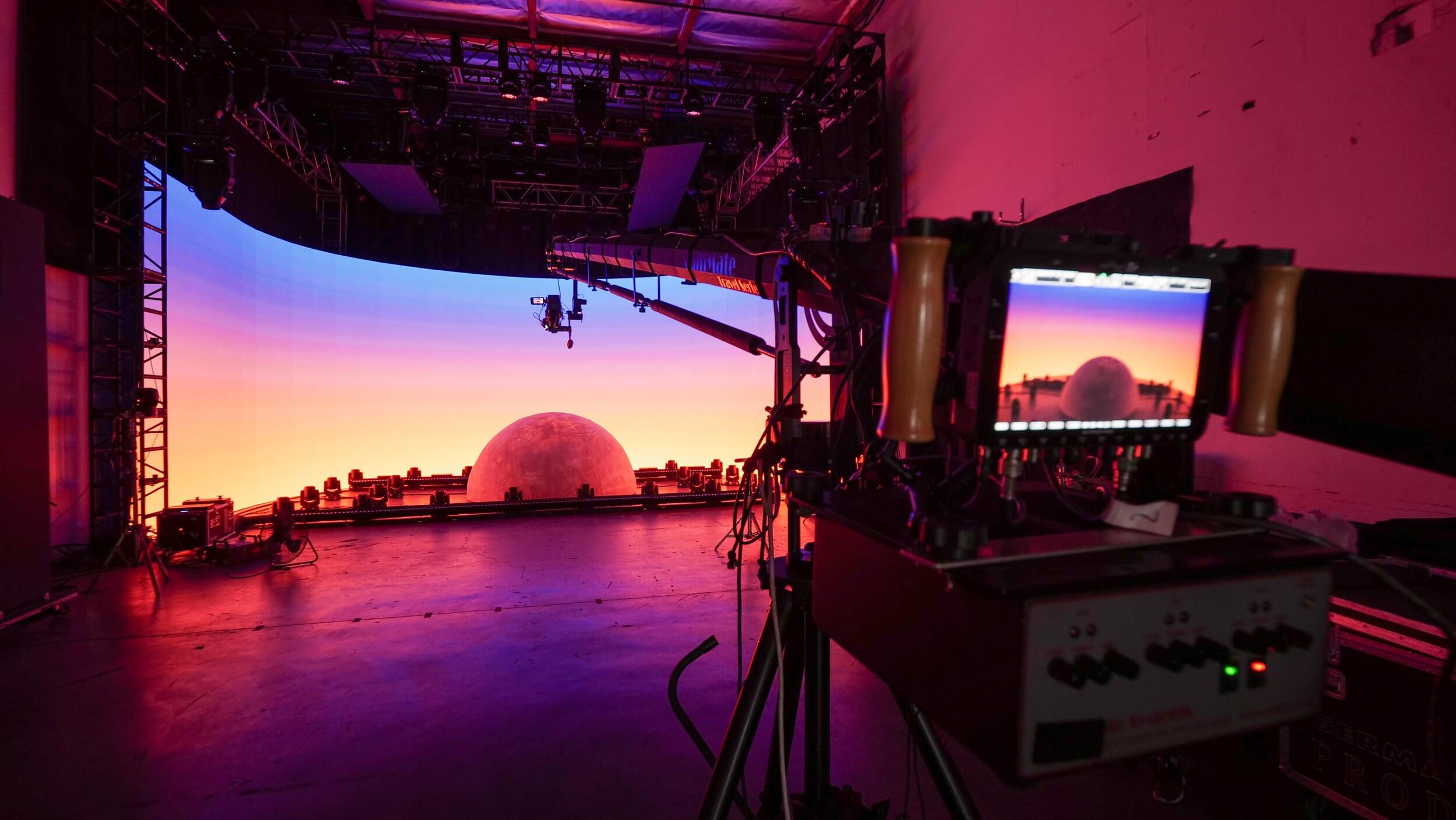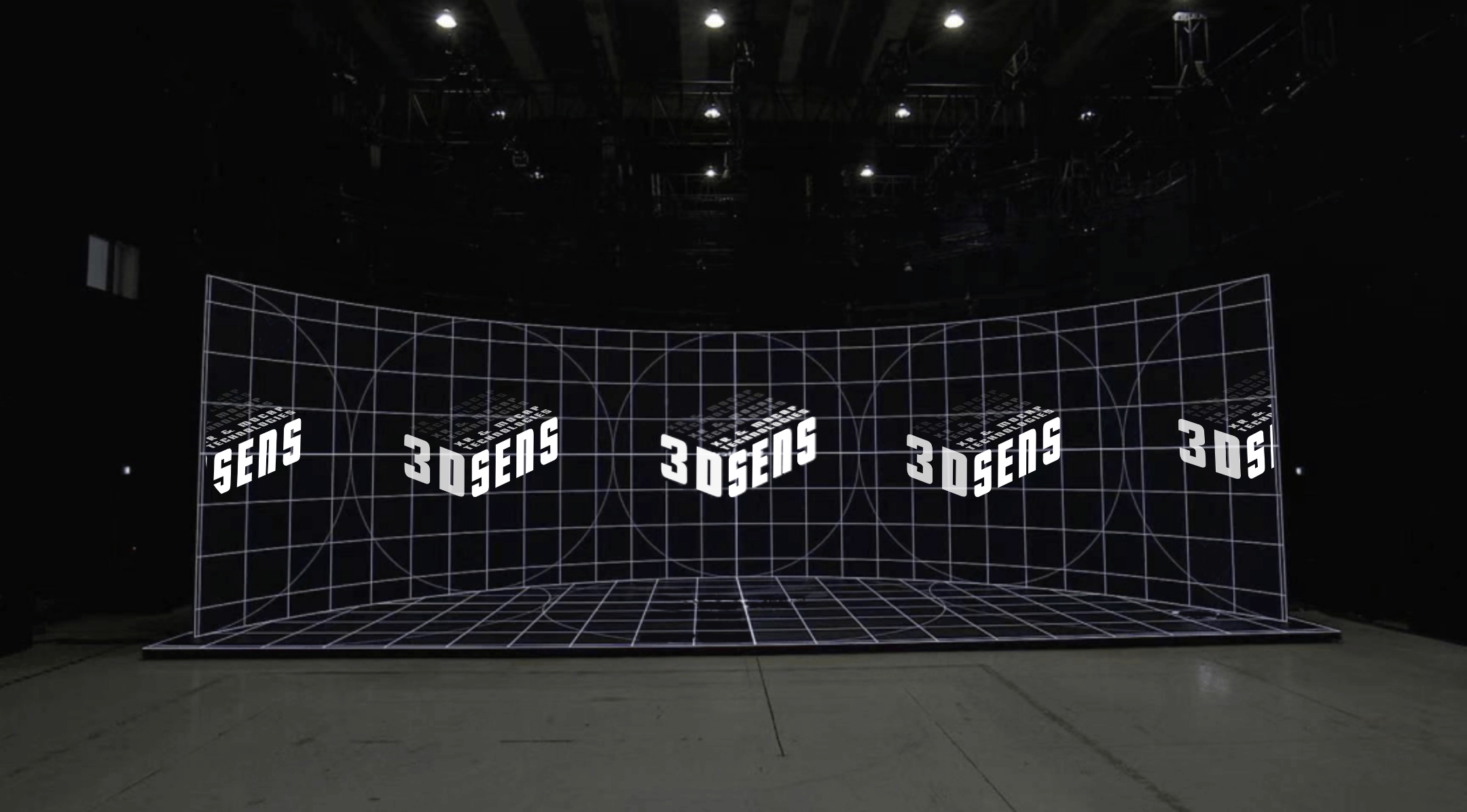XR stands for extended reality. XR combines virtual and real-world environments and realities. This means that a user can not only exist within a virtual world, but interact with it as if it were real.

Extended Reality (XR) refers to all real and virtual environments created by computer graphics and wearable devices. technology and wearable devices, where ‘X’ represents a variable for any current or future spatial computing technology. The ‘X’ in XR is simply a variable that can represent any letter. XR is the umbrella category that encompasses all the various forms of computer-altered reality, including Augmented Reality (AR), Mixed Reality (MR), and Virtual Reality (VR).
An attempt to create an open standard for VR and AR applications and devices, and to eliminate fragmentation of the industry. The opportunity for augmented reality is a more robust, reliable, and advanced ecosystem for creating VR and AR content.
XR is often used as an umbrella term, and is often used as colloquial shorthand to group technologies such as VR, AR, and MR. XR experiences include those that see users bring digital objects into the physical world, producing new forms of reality, and those that bring physical world objects into the digital world. Technology-mediated experiences that combine virtual and real-world environments and realities.
Here, ‘X’ can be seen as a placeholder for V(R), A(R), or M(R), but can also represent an undefined or variable quality/quantity. XR encompasses the hardware, software, methods, and experiences that make virtual reality, mixed reality, augmented reality, cinematic reality, and others a reality. Most definitions of XR encompass platforms and content where the user can make digital objects real, or conversely, see physical objects as they are in a digital scene.



